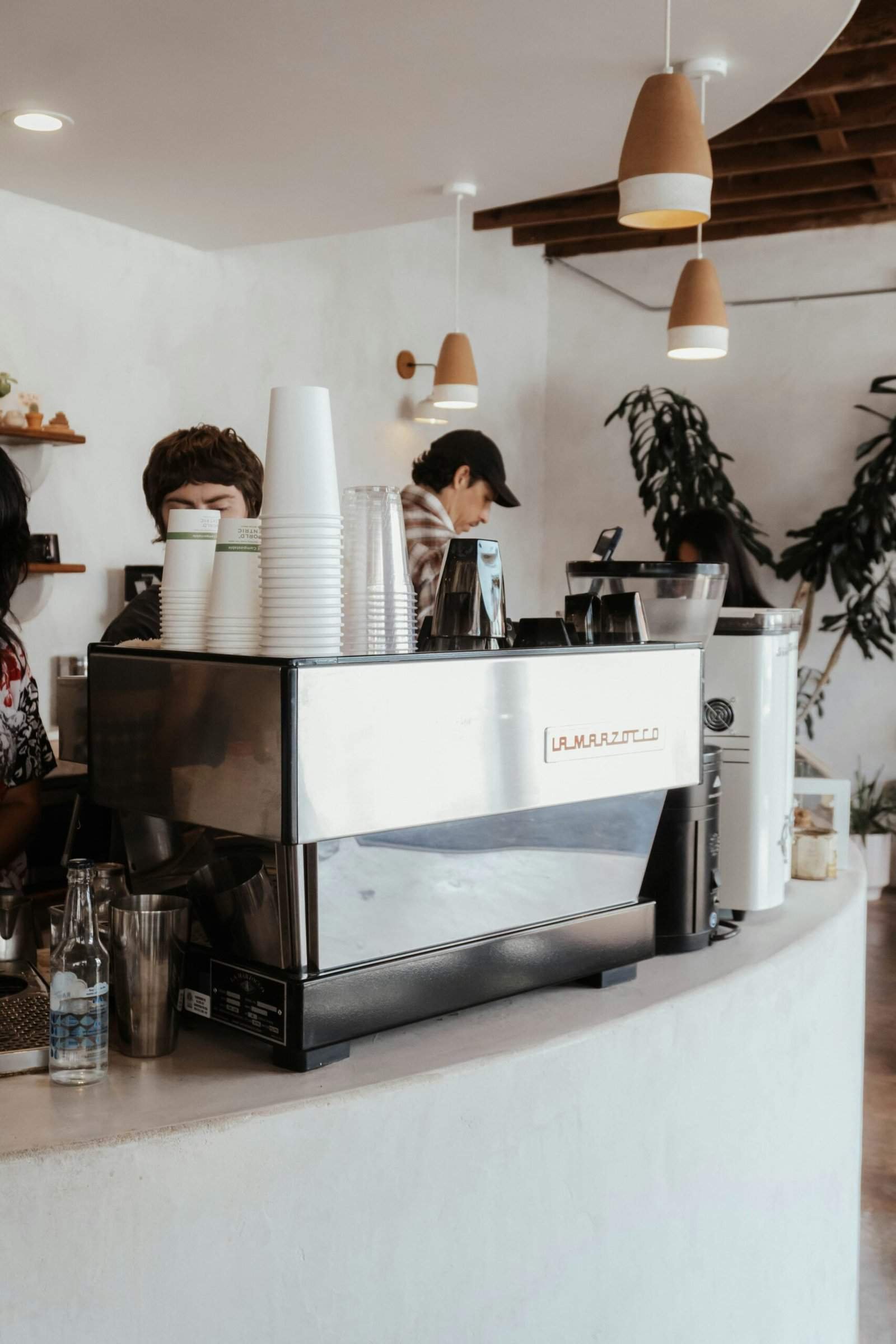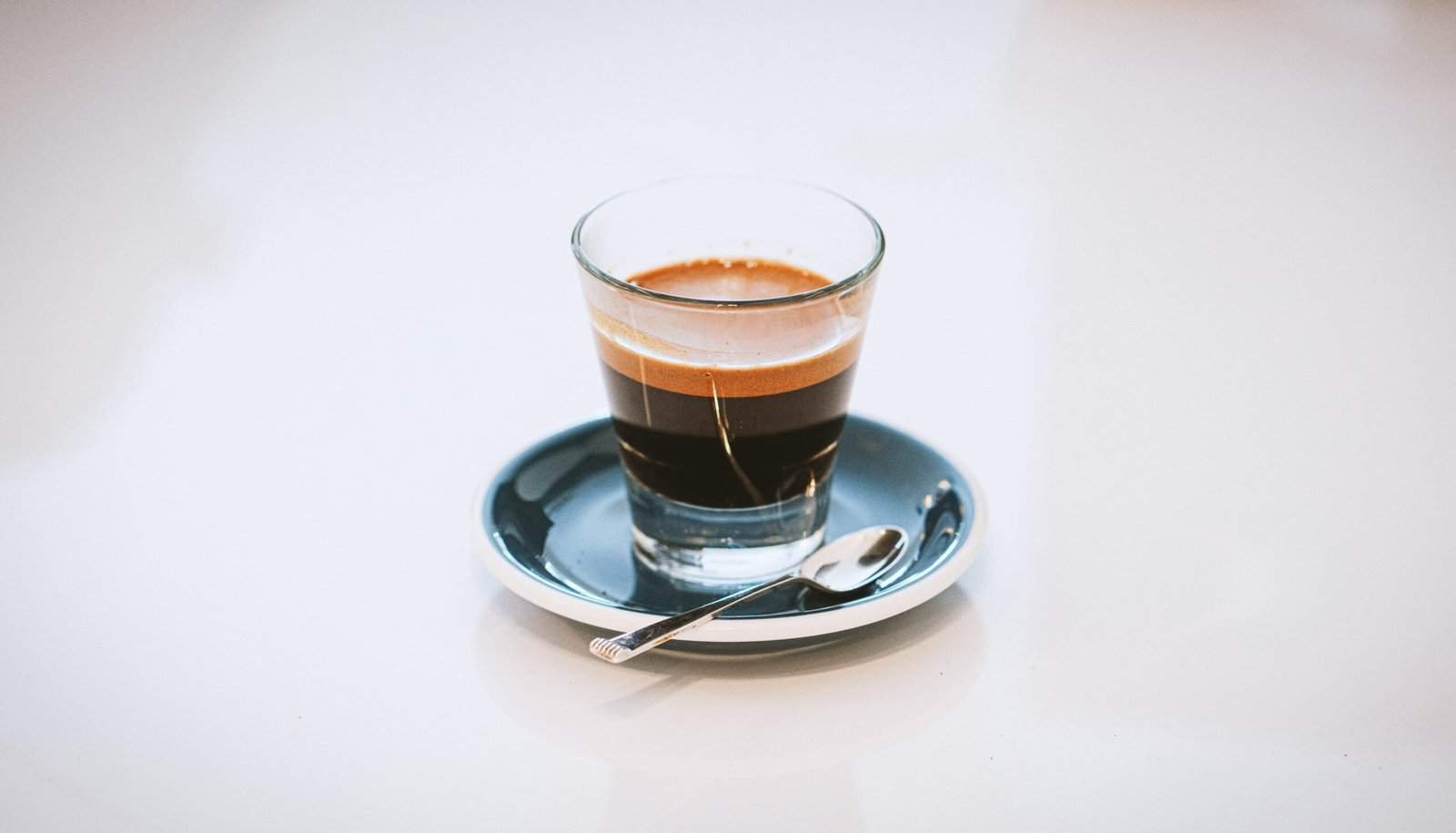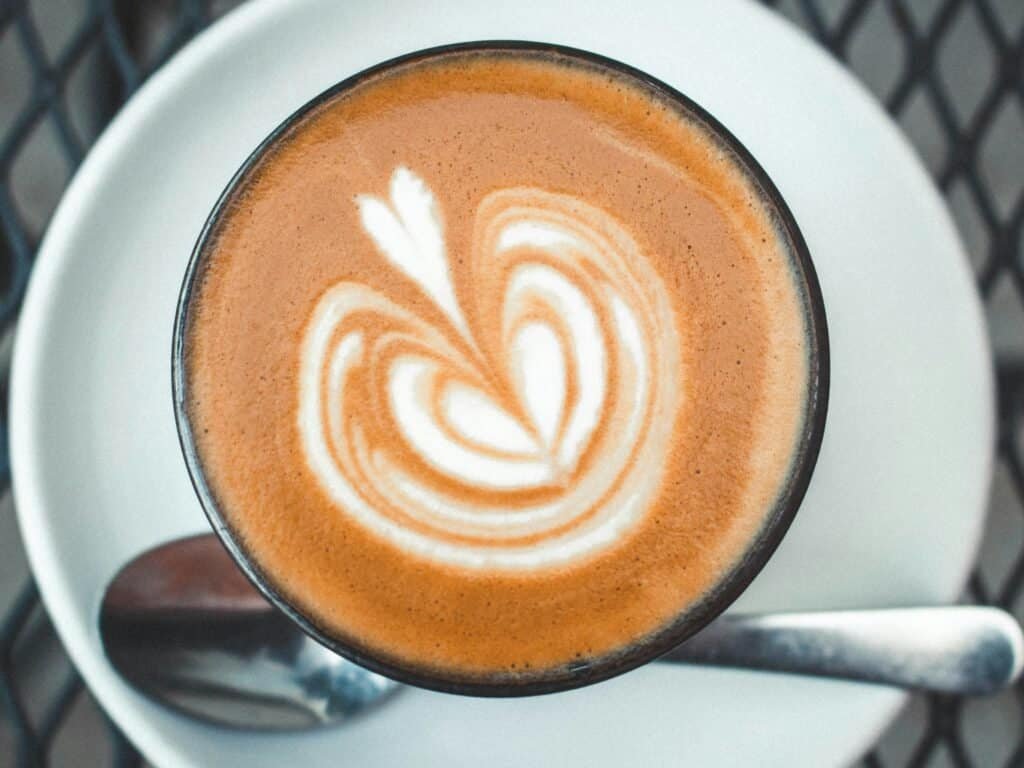If you’re wondering what the difference is between these two amazing coffee drinks, then you’re in luck. Because our Lungo vs Espresso guide has everything you need to know!
Lungo and espresso are two staples in the world of coffee that cater to the different preferences of coffee connoisseurs. While both drinks originate from the espresso machine, they 100% offer distinct experiences to the palate.
An espresso is known for its concentrated flavor and rich crema. It’s brewed by forcing a small amount of nearly boiling water through finely ground coffee beans. This process results in a small, potent shot of coffee that serves as the foundation for many coffee beverages.
A lungo, Italian for ‘long,’ is often mistaken as a larger espresso but is a unique drink in its own right. It’s made by allowing more water to pass through the espresso grounds, resulting in a larger volume and a different balance of flavors compared to the traditional espresso.
The extended extraction time creates a milder taste and less body, which some drinkers prefer for a less intense coffee experience.
Understanding the differences between lungo vs espresso is fundamental for those looking to explore the depths of rich coffee flavors. Each presents a different aspect of the coffee beans used, with the lungo highlighting more subtle notes and the espresso offering a deep, robust profile. This basic knowledge should equip you as a coffee enthusiast with the ability to choose a drink that best suits your taste at any time of the day.
Understanding Espresso
The intricacies of espresso as a coffee beverage stem from its unique brewing method and highly concentrated nature, which shape its robust flavor and rich texture.
The Basics of Espresso
Espresso is a concentrated shot of coffee created through a high-pressure brewing process. Typically, an espresso machine is used to force hot water through finely-ground coffee beans at high pressure. This results in a shot of espresso that is rich in flavor and topped with a foamy crema.
The standard for a single espresso shot is about 1 ounce (30ml). Espresso’s intensity and bold flavor make it the base for many coffee drinks like lattes, cappuccinos, and macchiatos.
- Taste: Markedly intense and aromatic, with potential notes ranging from sweet to bitter.
- Strength and Caffeine Content: Generally offers a higher concentration of flavor and caffeine per volume compared to regular coffee due to less water and a greater coffee-to-water ratio.
- Texture: Notable for its creamy consistency and the layer of crema.
- Grind: Requires a fine consistency to achieve the necessary resistance for proper extraction.
- Extraction Time: Brief, usually around 25-30 seconds, which is integral to its flavor profile.
Variations of Espresso and Their Characteristics
Different espresso-based drinks vary in volume, strength, and whether they include ingredients like milk or water. Here are a few notable variations:
- Ristretto: Shorter extraction, more concentrated, with less volume than a regular espresso.
- Lungo: More water than a traditional espresso, resulting in a longer shot with a milder taste.
- Doppio: A double shot of espresso, effectively doubling the volume and intensity.
- Americano: Espresso with added hot water, yielding a milder flavor and a larger serving size.
Lungo and Its Distinctions
The nuances of lungo are paramount for coffee enthusiasts looking to understand this variant of espresso. Its notable differences lie primarily in the brewing process and the subtleties of flavor and strength.
Defining Lungo
Lungo, Italian for “long,” refers to a coffee beverage made using an espresso machine with an extended extraction time. The key characteristics of lungo include:
- Extraction Time: The brewing time for a lungo typically spans around 30 seconds to 1 minute, longer than a standard espresso shot which is usually 20-30 seconds.
- Water: It uses approximately double the amount of water you would find in a traditional espresso, directly influencing strength and flavor.
- Volume: A lungo typically measures up to 110 ml, offering a larger serving size compared to the standard espresso shot of 30 ml.
- Caffeine Content: Due to the longer extraction time, lungo may contain more caffeine than a classic espresso, although this can vary depending on the coffee beans used.
- Crema: Expect less crema with lungo, as prolonged contact with water can lead to a dissipating foam layer.
- Flavor: A lungo has a milder flavor and aroma, yet can exhibit more bitterness due to the extended extraction of coffee compounds.
Comparing Lungo vs Espresso
The differences between lungo vs espresso lie in the approach to extraction and the final result in the cup:
- Strength & Flavor: An espresso shot is more concentrated with a bold flavor, while lungo is milder due to more water passing through the same amount of coffee.
- Brew Ratio: Espresso uses a ratio closer to 1:2 (coffee to water), whereas lungo uses a ratio around 1:4, accounting for its less intense flavor.
- Aroma: Espresso has a rounded, intense aroma, but lungo offers a lighter scent due to its dilution.
- Appearance: Lungo is typically lighter in color and less viscous because of the additional water content.
Each beverage serves those who prefer either a strong, rich cup or a milder, lengthier experience.
Espresso focuses on a burst of flavor, whereas lungo allows for subtlety and a less robust coffee taste.
We hope you’ve enjoyed this deep dive into whether a Lungo vs Espresso should be your next cup of joe. Well, why not enjoy both (probably best to spread them out a bit though!)
If you liked this feature then you may also enjoy our Cortado vs Flat White guide


